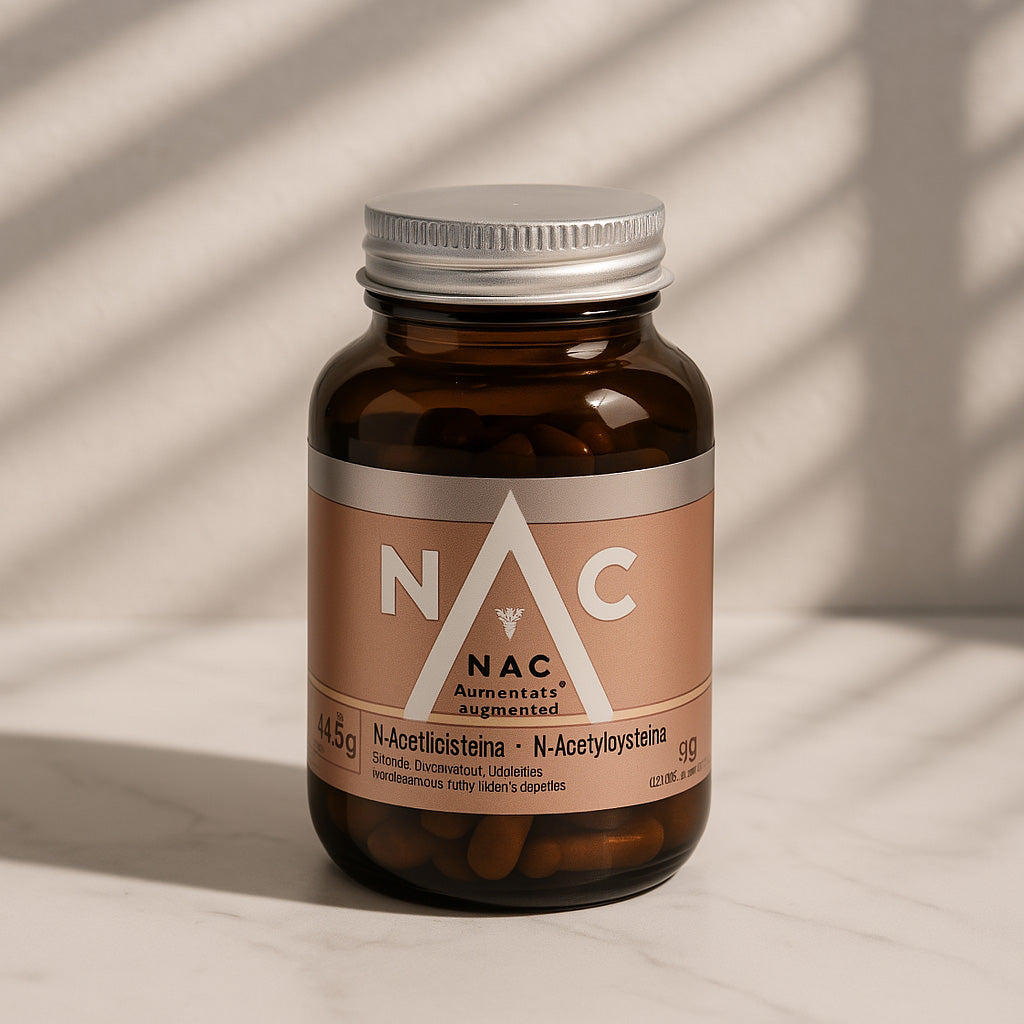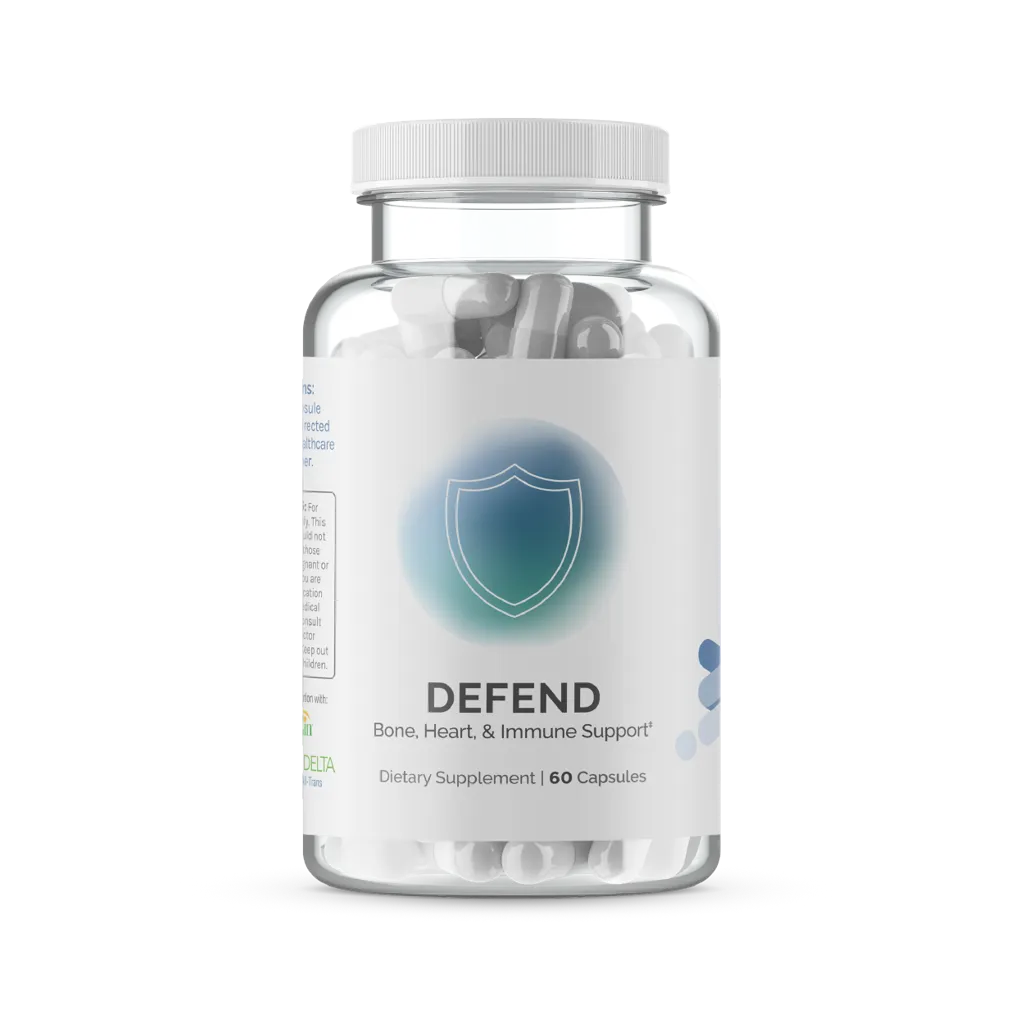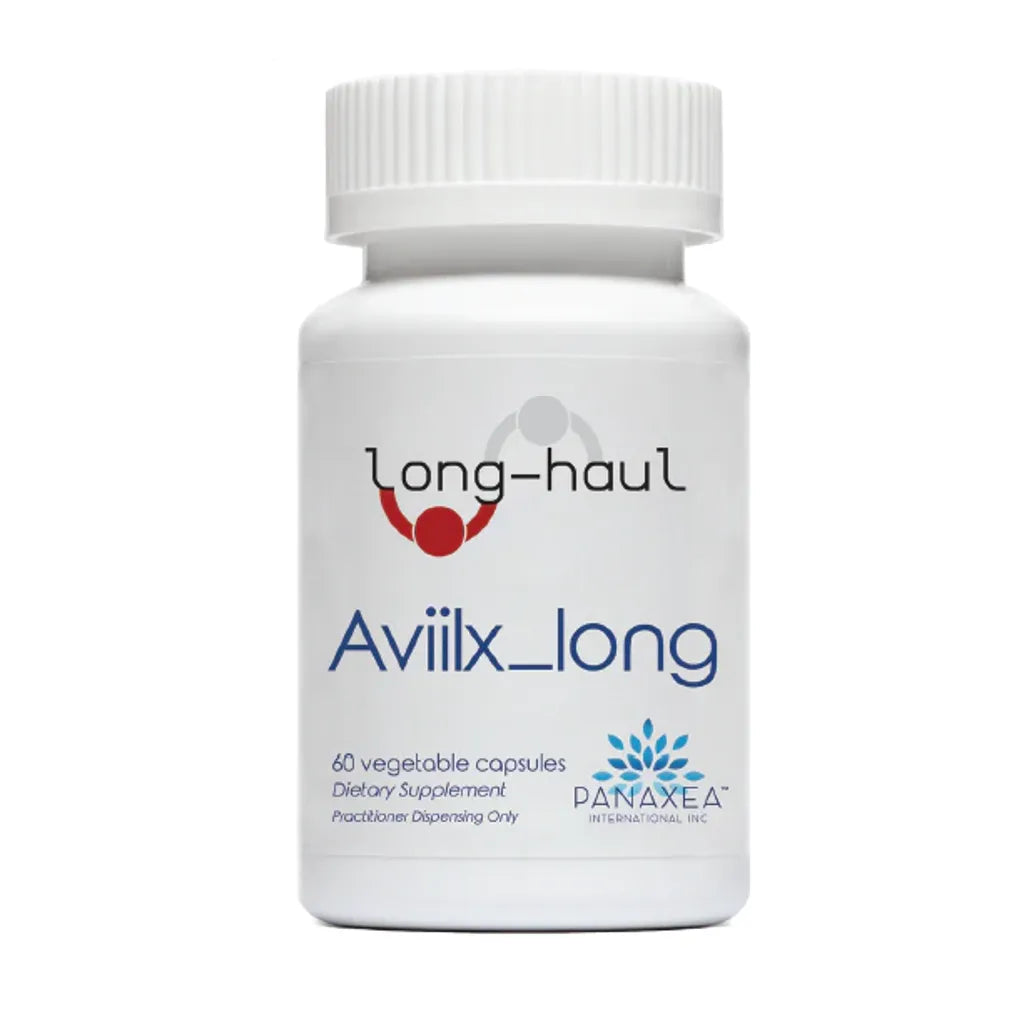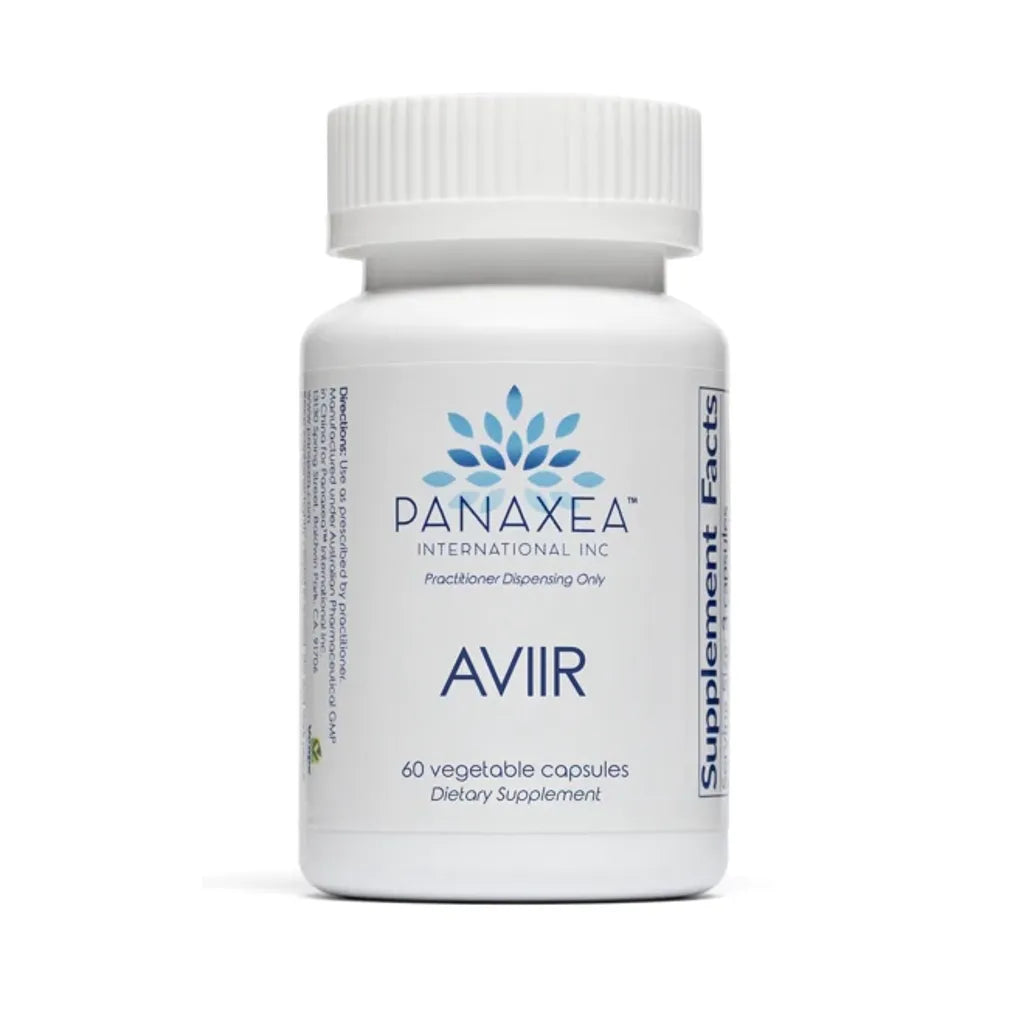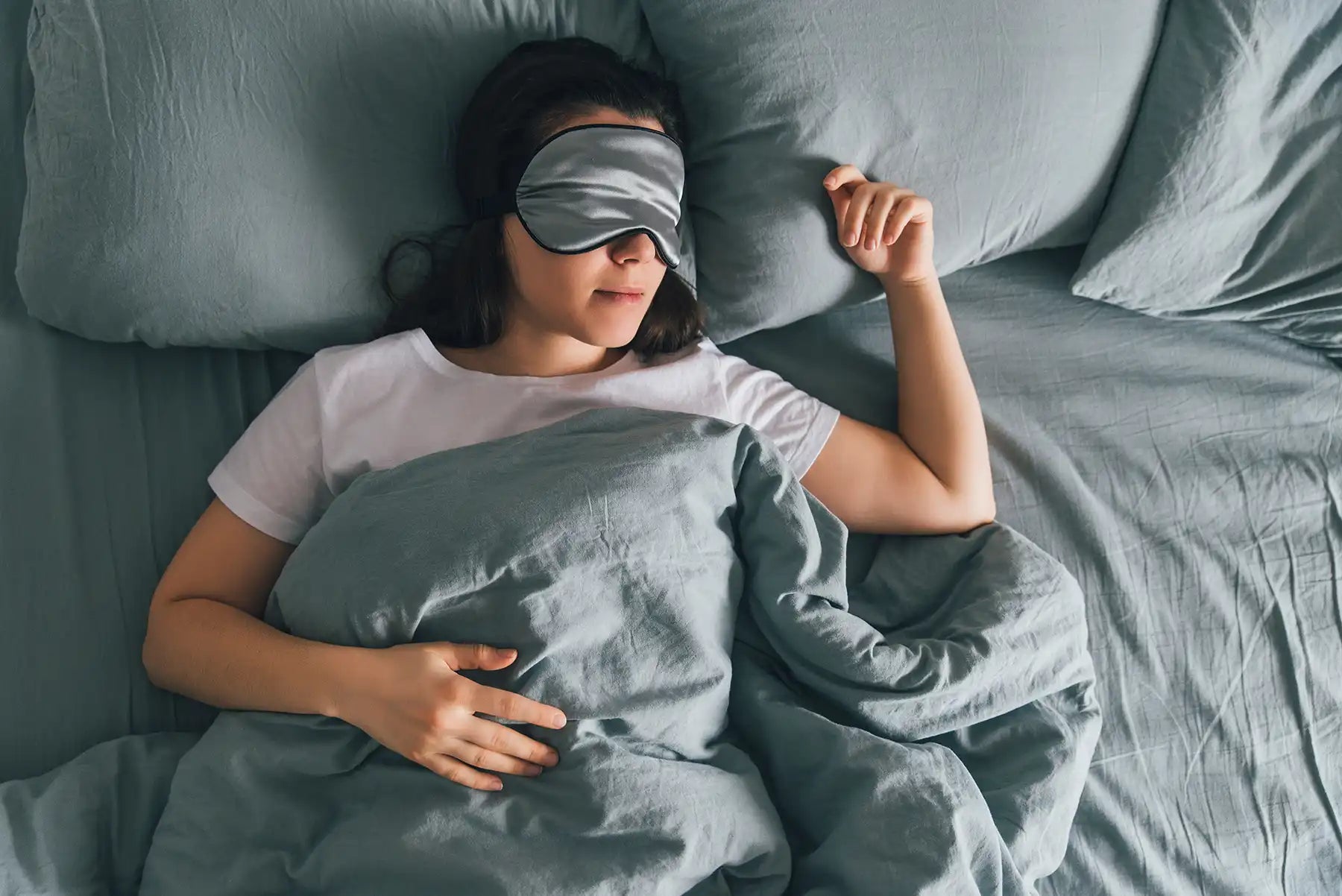In the modern health conversation, diet and exercise dominate the spotlight. But there’s a quieter, often neglected pillar of health that underpins both: sleep. You can eat thoughtfully and train consistently, but without restorative sleep, progress is capped.
Sleep isn’t just “downtime.” It’s an active biological process that orchestrates repair, memory, hormone balance, and energy production. Nearly every major system in the body is influenced by sleep. Yet about 1 in 3 adults regularly fail to get enough of it (CDC: Sleep statistics).
This guide covers the science of sleep, what happens when you don’t get enough, and the daily practices that restore healthy rest. Use it as your foundation, then branch out to related pieces in our Sleep cluster.
What Is Sleep, Really?
Sleep is a highly organized process that cycles between distinct stages across the night. Instead of being simply “on” or “off,” sleep unfolds in repeating 90–120 minute cycles (NINDS: Sleep basics):
- N1 & N2 (light sleep): The bridge from wakefulness to deeper stages. Brain waves slow, heart rate and body temperature drop, and your nervous system begins to downshift.
- N3 (deep or slow-wave sleep): The “restorative” stage. Physical repair, immune strengthening, growth hormone pulses, and cellular housekeeping peak here.
- REM (rapid eye movement) sleep: The brain-forward stage. Memory consolidation, learning, emotional processing, and creative problem-solving are major players.
A healthy night includes 4–6 cycles, each containing a mix of stages. Fragmenting these cycles—through late caffeine, alcohol, stress, screen glare, or a restless bedroom—blunts the benefits even if your total hours look okay.
Two Engines of Sleep: Circadian Rhythm & Sleep Pressure
Two biological systems coordinate when you feel awake vs. sleepy:
- Circadian rhythm (your 24-hour body clock) times sleep by syncing to light, meals, and activity. Morning outdoor light anchors the “start” of your day; evening darkness signals melatonin release and wind-down. See Circadian Rhythm Explained for a deep dive.
- Sleep pressure (the homeostatic system) builds “sleepiness chemicals” like adenosine across the day. It resets with sleep. Caffeine temporarily blocks adenosine signals—which is why a late coffee can mask but not erase sleep debt (NIH: Caffeine metabolism).
Why Sleep Matters More Than You Think
1) Cellular Energy & Repair
During deep sleep, mitochondria (your cells’ power plants) repair damage and rebuild proteins. Processes like mitophagy (clearing worn-out mitochondria) keep your energy systems efficient as you age. Skimping on deep sleep makes workouts feel harder and recovery slower.
2) Brain Detoxification
The brain has a night-shift cleaning crew—the glymphatic system—that ramps up during deep sleep, flushing metabolic waste including beta-amyloid and tau associated with neurodegeneration (NIH: Brain flushes toxins during sleep).
3) Hormone Regulation
- Cortisol: Sleep sets the rhythm for cortisol’s morning peak and nighttime low. Poor sleep can flatten this curve, leaving you wired at night and sluggish in the morning.
- Leptin & ghrelin: Short sleep lowers satiety signals (leptin) and boosts hunger signals (ghrelin), increasing cravings (Sleep Foundation: Sleep & metabolism).
- Insulin sensitivity: Even one week of short sleep can impair glucose control.
- Reproductive hormones: Sleep supports testosterone, estrogen, and progesterone rhythms. See Sleep & Hormones.
4) Immune Function
Antibody production and cytokine signaling increase during sleep. Short sleepers are more susceptible to infections and recover more slowly (NIH: Sleep & immune function).
5) Emotional Resilience & Mental Health
REM sleep helps the brain process experiences and regulate emotions. Chronic short sleep is linked to increased anxiety, irritability, and depressive symptoms. Better sleep often reduces reactivity to everyday stressors—see Stress & Sleep.
The Costs of Skimping on Sleep
Occasional late nights happen. It’s chronic restriction (regularly under ~7 hours) that compounds risk:
- Cognitive: Slower processing, reduced attention, memory lapses, poorer decision-making.
- Metabolic: Insulin resistance, stronger cravings, weight gain risk.
- Cardiovascular: Elevated blood pressure, higher long-term CVD risk.
- Immune: More frequent illnesses and slower recovery.
Sleep debt accumulates; weekend “catch-up” rarely restores full function. A better approach: build consistent routines that prevent debt in the first place.
How Much Sleep Do You Really Need?
Most adults thrive on 7–9 hours nightly (Sleep Foundation: How much do we need?). There’s variation by genetics and life stage, but consistent sub-6-hour sleep correlates strongly with health risks. Quality matters too: 7 hours of consolidated sleep beats 8 hours of frequent awakenings.
Chronotypes & Life Stages
- Larks vs. owls: Some naturally rise early; others peak later. Work with your chronotype while protecting total sleep time.
- Women & hormones: Cycle phases, pregnancy, perimenopause, and menopause affect temperature regulation and sleep depth. See Sleep & Hormones and Perimenopause & Menopause.
- Aging: Older adults may experience lighter sleep and more awakenings; routines and daytime light exposure help (NIA: Healthy Aging).
Daily Habits That Improve Sleep (Without Overhauling Your Life)
Morning Anchors (first 1–2 hours)
- Outdoor light: 5–10 minutes within 30–60 minutes of waking—even on cloudy days—helps set melatonin’s evening rise.
- Move: A short walk or light exercise reinforces the “daytime” signal.
- Delay caffeine ~60–90 minutes: Reduces the late-morning crash and protects evening sleep pressure (NIH: Caffeine metabolism).
Daytime Stability
- Consistent meals: Regular timing supports circadian metabolism.
- Movement: Brief activity breaks fight the mid-afternoon dip and improve nighttime sleep drive.
- Nap wisely: If you nap, keep it short (≤20–30 min) and early afternoon to avoid pushing bedtime.
Evening Wind-Down (last 60–90 minutes)
- Dim & warm the lights: Reduce overheads; favor lamps and warm color temperature.
- Screen strategy: Enable warm display modes or choose analog wind-down. For device tips, see Tech & Sleep.
- Ritual: Simple, repeatable steps—stretching, breathwork with longer exhales, a warm shower, and reading—train your brain to expect sleep. See Nighttime Rituals.
- Bedroom: Cool (65–68°F), dark (eye mask or blackout), and quiet (fan, white/pink noise). Sleep Foundation: Sleep environment.
Nutrition & Sleep: What Helps vs. What Hurts
Food isn’t a magic sleep pill, but smart timing and composition make it easier to fall—and stay—asleep.
- Finish dinner 3–4 hours before bed: Heavy late meals raise core temperature and can trigger reflux.
- If needed, a small snack: Protein-forward options (Greek yogurt, nuts) stabilize overnight blood sugar.
- Magnesium-rich foods: Leafy greens, nuts, seeds, and cacao support relaxation.
- Caffeine cutoff: Aim for an 8–10 hour buffer before bed (NIH).
- Alcohol caution: Nightcaps fragment REM and deepen snoring; stop 3–4 hours before bed (CDC: Alcohol & sleep).
For a full primer, see Food & Sleep: What to Eat (and Avoid) for Deeper Rest.
Stress, the HPA Axis, and Sleep
Stress elevates cortisol and primes vigilance—useful by day, unhelpful at night. Breaking the stress–sleep loop starts before bedtime:
- Breathwork (4-in, 6-out): Longer exhales increase vagal tone and calm arousal.
- Progressive muscle relaxation: Tense–release sequences offload stored tension.
- “Brain dump” journaling: List tomorrow’s top three; your brain can stand down.
See Stress & Sleep: Calming the Nervous System Before Bed and Daily Micro-Resets for short, reliable tools. For how stress intersects immunity, read Immunity & Stress (NIH overview).
Technology: The Helpful and the Harmful
- Helpful: Smart lights that dim and shift warmer at sunset, white/pink-noise generators, timers for evening routines, low-stimulation audiobooks.
- Potentially harmful: Late-night scrolling (bright, interactive, and emotionally stimulating). If your phone stays in the bedroom, place it face-down and across the room on Do Not Disturb. See Tech & Sleep. For background, see the WHO Q&A on blue light.
Travel, Shift Work, and Other Disruptors
- Jet lag: Shift your light exposure to destination time as soon as possible. Seek morning light on arrival; avoid bright evening light. For structured step-downs pre-flight, see our travel posts.
- Shift work: When possible, keep a consistent shift rotation instead of frequent flips. Use blackout curtains and eye masks; schedule meals and exercise on a regular pattern to anchor rhythms. Short-term, clinician-guided melatonin can help adjust timing.
- Parents & caregivers: Lean on “micro-recovery”: power naps (≤20 minutes), shared night duty, and daytime light exposure to stabilize mood and energy until nights improve.
When to Seek Help
Consider professional support if you have:
- Insomnia symptoms (trouble falling or staying asleep, or waking too early) at least 3 nights a week for 3 months or more. The gold-standard treatment is Cognitive Behavioral Therapy for Insomnia (CBT-I), recommended by sleep societies and shown to produce lasting improvements (AASM: American Academy of Sleep Medicine).
- Possible sleep apnea: Loud, habitual snoring; witnessed pauses in breathing; dry mouth or headache on waking; daytime sleepiness. Talk to your clinician about evaluation—treatment can dramatically improve daytime function and cardiovascular risk.
- Restless legs or periodic limb movements: An urge to move legs at night; consider evaluation for iron deficiency or other causes.
- Persistent nightmares or PTSD-linked sleep disruption: Evidence-based therapies can help.
Myths vs. Facts
-
Myth: “I can train myself to thrive on 5 hours.”
Fact: A small minority has short-sleep genetics. For most, chronic short sleep harms performance and health even if you “feel fine.” -
Myth: “Alcohol helps me sleep.”
Fact: It may knock you out, but it fragments REM and deep sleep, increases snoring, and triggers early awakenings (CDC). -
Myth: “Blue-blocking glasses fix late-night screen use.”
Fact: They can help a bit, but brightness, content, and timing still matter. Dim, warm light and analog wind-downs are better. -
Myth: “If I can’t sleep, I should stay in bed and try harder.”
Fact: If you’re awake ~20 minutes, get up and do a low-stimulation activity in dim light until drowsy. This prevents pairing the bed with wakefulness.
Trackers & Data: Use, Don’t Obsess
Wearables can surface helpful patterns (late caffeine, bedtime drift, temperature). But metrics are estimates, not diagnoses. Avoid midnight stat-checking—review in the morning and look for trends, not perfect scores.
Your 30–45 Minute Nightly Blueprint
- Close the day (5 minutes): Capture tomorrow’s top three tasks and set out morning essentials.
- Dim & cool (5 minutes): Lower lights; set bedroom to ~65–68°F; clear clutter to reduce “unfinished” signals (Sleep Foundation).
- Downshift (10–15 minutes): Gentle stretch + breathwork with longer exhales, or a warm shower.
- Analog wind-down (15–20 minutes): Paper book or low-stimulation audio on a sleep timer. No scrolling.
- Lights out: Dark, quiet, and cool. Phone face-down across the room on Do Not Disturb.
Consistency beats intensity. Simple, repeatable cues teach your body that sleep is next.
FAQ
Q: Is melatonin safe?
A: Short-term, low-dose melatonin can help with jet lag or shifting schedules. For chronic insomnia, CBT-I is more effective long-term. Always discuss supplements with your clinician, especially if you take other medications.
Q: What’s the best nap length?
A: 10–20 minutes improves alertness without grogginess. If you need longer, ~90 minutes allows a full cycle—but avoid late-day naps that push bedtime later.
Q: Can evening workouts hurt sleep?
A: It depends. High-intensity sessions close to bedtime can delay sleep onset for some; others tolerate them fine. Try finishing intense workouts at least 3–4 hours before bed. Gentle yoga or stretching is usually sleep-friendly.
Q: How do I stop 3 a.m. wake-ups?
A: Common triggers include stress spikes, room temperature swings, alcohol, or blood sugar dips. Try earlier dinner, a small protein snack if needed, a cooler room, and pre-bed stress tools.
Q: Does magnesium help?
A: Magnesium is involved in relaxation and muscle function. Food first (greens, nuts, seeds); some people benefit from supplemental forms like glycinate. See Supplements for Stress Resilience.
Connect the Dots (Cross-Links)
- Circadian Rhythm Explained: How Your Body Clock Shapes Sleep
- Nighttime Rituals That Actually Improve Sleep Quality
- Tech & Sleep: The Good, the Bad, and the Helpful
- Food & Sleep: What to Eat (and Avoid) for Deeper Rest
- Stress & Sleep: Calming the Nervous System Before Bed
- Seasonal Immunity: Daily Habits for Winter & Spring
Authority resources: CDC: Sleep statistics · NINDS: Sleep basics · NIH: Brain detox in sleep · Sleep Foundation: How much do we need? · CDC: Alcohol & sleep · NIH: Caffeine metabolism · AASM: Sleep medicine & CBT-I · WHO: Blue light & health
